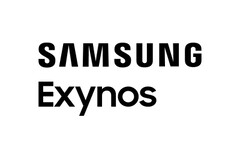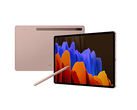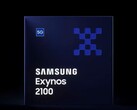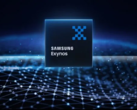Tipster @TheGalox recently claimed that Samsung is working on bringing its Exynos ARM-based chips to the desktop space. The terse post doesn't mention timeframes or specific chips. However, it is interesting in the context of an earlier leak from Tipster @MauriQHD. Back in July 2020, @MauriQHD stated that Samsung's working on desktop variants of its mobile SoC, based on current and upcoming variants of Exynos, including the then-recent Exynos 1000.
Six months later, @TheGalox's tweet seems to reaffirm this sentiment: Samsung is working on bringing its ARM-based chips to PC. But what would an Exynos desktop chip look like? And how would it perform relative to the Apple M1?
Right now, the M1 offers CPU performance that's on par with x86 laptop SoCs like the Tiger Lake 1165G7, and graphics capabilities that are miles better than even the best integrated GPUs currently on the market, closing in on the discrete GeForce GTX 1650. When compared to current-generation Exynos chips, the M1 is far, far faster, both in terms of CPU capabilities and GPU power. However, Samsung recently confirmed that it would be leveraging AMD's RDNA2 architecture for future Exynos GPUs.
This could, in theory, close the gap with the M1. However, while RDNA2 is frugal by desktop standards, it remains to be seen just how well it'll perform in downsized form. The M1 ran Rise of the Tomb Raider at 1080p Enthusiast settings, with a remarkable 16.5W of package power consumption. What would a sub-10W RDNA2 part look like?
It's possible to get a rough picture of how mobile RDNA2 might perform. The RDNA2 architecture delivers roughly twice the power efficiency of Vega. (The RX 6800XT here roughly doubles the Vega 64 in most benchmarks). At 15W, the Ryzen 5 2500U (featuring the Vega 8) runs Battlefield 1 at roughly 20 FPS, albeit at 720p. We'd expect 1080p performance to be in the 10-15 FPS range. Even accounting for a 2x increase in power efficiency, a 15W would lag far behind the M1 in graphics workloads. It is interesting to note that in that same workload, the 2500U delivered over 30 FPS when the TDP was configured to 25W.
A higher power Exynos chip powered by RDNA2 could potentially keep up with the M1, though with substantially greater power draw. And if this part only materializes in 2022, Samsung would have a hypothetical Apple M2 to contend with.



















